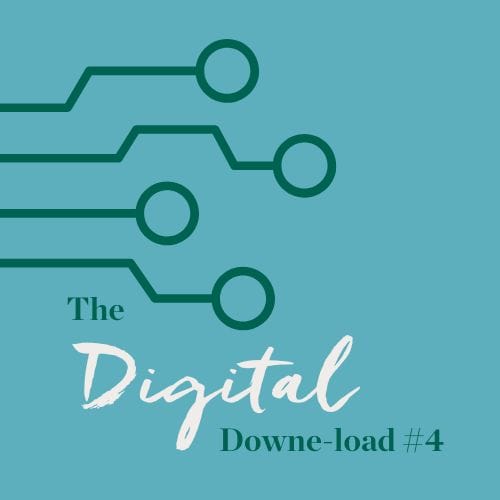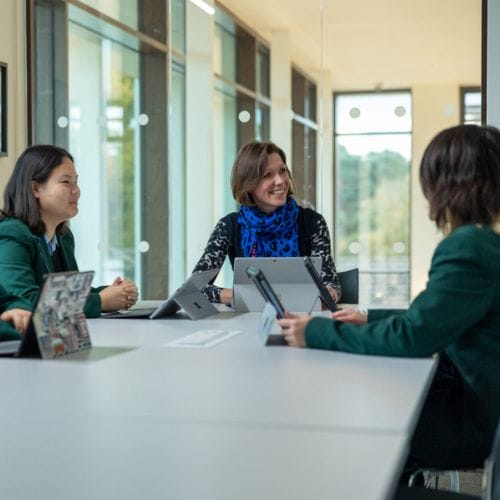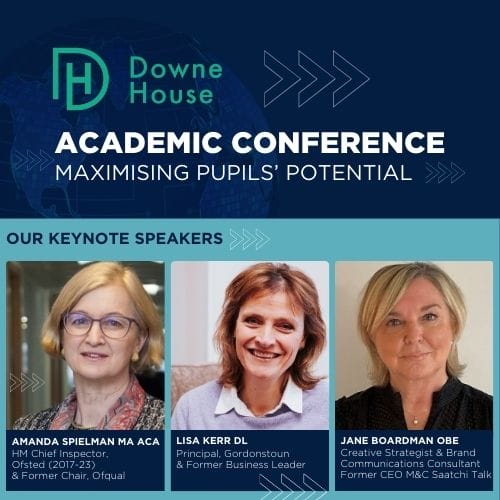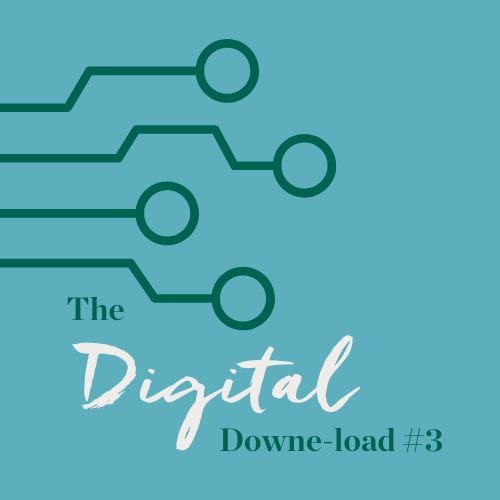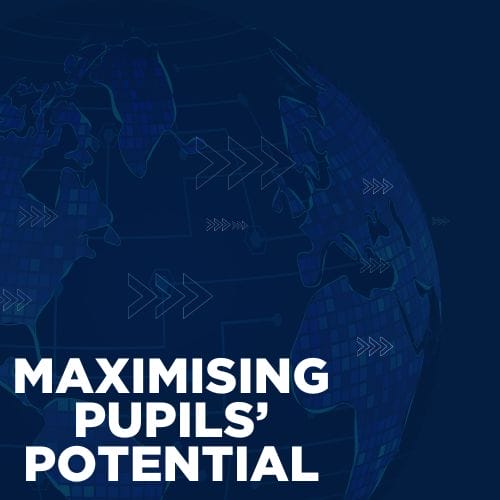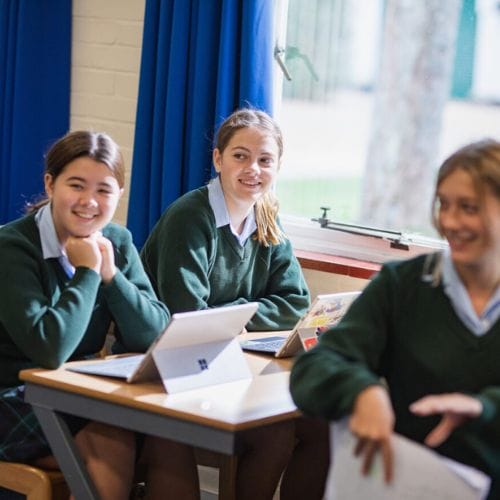
Dyslexic thinking has helped me see solutions where others saw problems.
This statement from the ‘Dyslexic Thinker’ and entrepreneur, Richard Branson, succinctly sums up the huge positives that having a dyslexic profile, part of the neurodiversity spectrum, can enable.
Thankfully the wider public perception of neurodiversity, a term first coined in the late 1990s which includes dyslexia and other specific learning difficulties/ differences (SpLD), such as ADHD and Autism, is improving. I recall a family friend in the 1980s being diagnosed with dyslexia and the disturbing tales of prejudice they encountered, the view that dyslexia adversely impacted on one’s underlying cognitive ability was contradictory to what we now understand and the lack of support, understanding and guidance was glaringly obvious. Whilst much is being done to alter perceptions there remain misconceptions and further challenges for our young people.
Within education, models of assessment that were introduced in the Victorian era are still commonly followed today when assessing pupils’ progress and ability, such as in public examinations. These traditional methods of assessment potentially limit the opportunities for our SpLD pupils to demonstrate their wide-ranging skills that have, over time, been proven to be invaluable in the workplace.
Take, for example, the way in which companies such as HSBC and Microsoft are actively recruiting neurodiverse learners with a SpLD, clearly valuing the diverse skills they offer. GCHQ has indicated that apprentices on their schemes are four times more likely to have dyslexia and says that those with dyslexia have valuable skills spotting patterns that others miss. Dyslexics are said to ‘see the World in a different way’ and to process information differently, they are imaginative and empathetic, creative, curious and communicative.
There are many examples of dyslexics who are excelling in their field, for instance the author Sally Gardner and actress Keira Knightley. Often dyslexics will see the big picture and be able to simplify things, such as Maggie Aderin-Pocock and Steve Jobs. In a competitive, ambitious and changing world, being able to see things in a different way can by extremely advantageous.
LinkedIn has recognised this and have added ‘Dyslexic Thinking’ as a vital skill. In 2022, a business forum, Neurodiversity in Business (NiB) was formed and is supporting businesses in “…building a better workplace for Neurodivergent employees, access Neurodivergent talent and support Neurodivergent people to navigate independent, fulfilling careers”; partners to this voluntary forum include AstraZeneca, IBM and Unilever to name a few.
In July 2022, the World Economic Forum published an article (Masterson, 2022) stating that ‘people with dyslexia have ‘enhanced abilities’, according to a new study. It referenced a suggestion by researchers at Cambridge University who stated dyslexia should be redefined as a strength rather than a disability and learning difficulty and, instead, a vital tool that has helped humanity adapt. This impactful and thought-provoking statement reflects the researcher’s studies into cognition (the process of acquiring knowledge and understanding), behaviours and the brain and have suggested that the ‘explorative bias’ of a dyslexic brain has an evolutionary bias that plays an important role in our survival.
Dyslexia is thought to affect up to 20% of the population and there is evidence of genetic links and inheritance. Often those with SpLD, such as dyslexia, will describe how the neurological pathways in their brain are ‘wired’ differently, leading to alternative ways in which they process information.
The Rose Report (2009) has defined dyslexia as the following:
Dyslexia is a learning difficulty that primarily affects the skills involved in accurate and fluent word reading and spelling. Characteristic features of dyslexia are difficulties in phonological awareness, verbal memory and verbal processing speed. Dyslexia occurs across the range of intellectual abilities. It is best thought of as a continuum, not a distinct category, and there are no clear cut-off points. Co-occurring difficulties may be seen in aspects of language, motor co-ordination, mental calculation, concentration, and personal organisation, but these are not, by themselves, markers of dyslexia….
Clearly, given the definition for dyslexia, one can understand the challenges our young people encounter when studying a wide range of subjects that traditionally call upon confident reading and memory skills.
Encouragingly, within education there are significant steps being made to support our neurodiverse individuals, including those with dyslexia. Increasing awareness of neurodiversity, which is a concept that recognises and celebrates the natural variation in human neurological traits and cognitive functioning, is encouraging adaptive teaching practice to reflect the different ways in which SpLD learners learn. An increase in assessing learners for SpLD is helping identify those at a younger age and thus allowing them to receive support and encouragement for their needs and providing them with the tools to adapt to their way of learning. Delivering specific individual SpLD support to enhance the brains’ neuroplasticity (its capacity to form new connections) and thus improving the reading skills and language ability of learners. Work towards creating ‘neurodivergent friendly’ classrooms that not only help those with a diagnosis of SpLD but all learners, is taking place.
Speaking with the SpLD pupils I have the pleasure of working with, it is clear that they hugely benefit from additional ‘thinking time’ to process the information delivered to them. Some with visual tracking difficulties gain from being able to tint the information they are reading and having clear instructions with examples delivered to them in bullet points and chunks also allows the effective processing of information. Many appreciate being given ‘movement’ breaks or a variety to activities to help maintain focus. Exam access arrangements enable those entitled to them to be assessed on a level playing field to their peers. Advances in assisted technologies, such as Claro Read, Microsoft packages and Audible, to name a few, are supporting our learners who find reading as well as putting their thoughts onto paper a challenge.
Finally, celebrating our SpLD pupils’ significant effort and their wide-ranging skills and talents is key to building their self-esteem; be it individually or enabling them to find their own voice to share their experiences with others; knowing that they are as able as their peers and will go from strength to strength as they see the World from a slightly different and highly effective angle will provide them with the confidence to enter a competitive but increasingly changeable environment with questions and problems to find innovative solutions to.
References
Masterson, V. (2022, July 27). Mental Health People with dyslexia have ‘enhanced abilities’, according to a new study. Retrieved from World Economic Forum: People with Dyslexia are more inventive and creative, study finds | World Economic Forum (weforum.org)
‘Dyslexia and Neurodiversity: Challenging Perceptions’ by Naomi Lomax, published in The Enquiry: Issue 6.
The Enquiry is a staff journal dedicated to reflections on educational research, and teaching and learning at Downe House School. Issue 6 was published in November 2023, looking back at Summer term 2023.
All previous issues can be found here: The Enquiry by downehouseschool Stack – Issuu.

